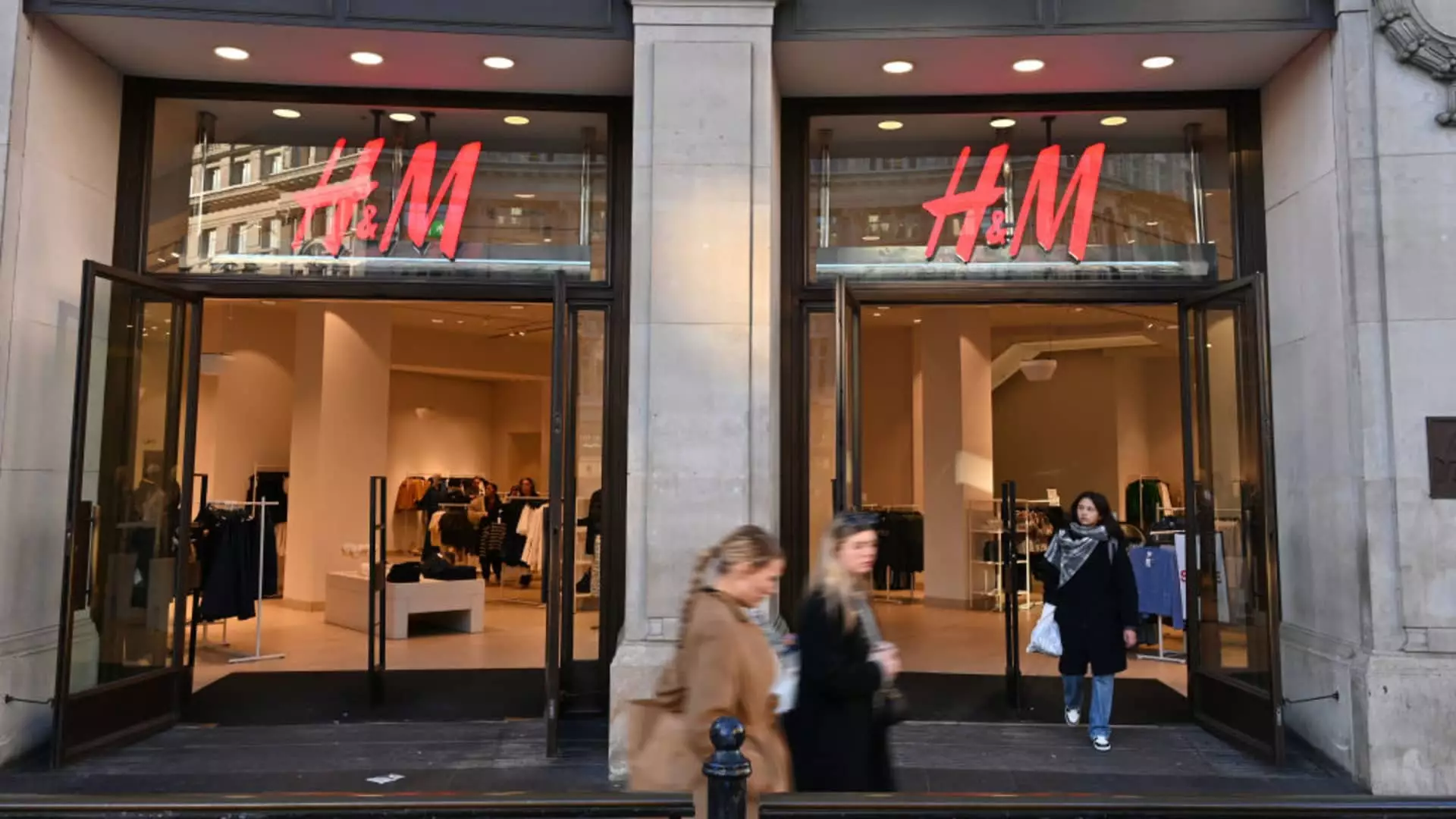H&M, one of the world’s foremost apparel retailers, recently experienced a significant dip in its share price, dropping over 5% following a disappointing report regarding its sales for the fourth quarter. The Swedish brand reported sales of 62.19 billion Swedish krona, which was notably lower than the 63.48 billion krona predicted by market analysts according to a Reuters poll. Although there was a slight uptick of 3% in local currencies year-over-year, the overall performance fell short of expectations. This raises concerns for investors and stakeholders about the company’s ongoing competitiveness in a challenging retail environment.
Key Drivers of Sales Performance
The sales shortfall has been attributed to several factors, the most prominent being the timing of Black Friday, which traditionally serves as a pivotal shopping event marking the beginning of the holiday season. H&M’s management conceded this was a contributing element to their numbers. Nevertheless, there was a reported positive trend in sales during December and January, suggesting a potential rebound that could mitigate earlier setbacks as the new fiscal year unfolds. This mixed performance paints a complicated picture of retail dynamics where seasonal trends and marketing timing can heavily influence financial outcomes.
In analyzing the broader context, it’s critical to recognize the growth drivers that sustained H&M amidst the sales fluctuation. Sales for the entire year of 2024 reflected a marginal increase of 1% in local currencies, amounting to 234.58 billion Swedish krona. Notably, categories such as womenswear, sportswear, and the online segment propelled this growth, indicating a shift in consumer preferences towards these sectors. However, the company still needs to confront the realities of a fiercely competitive market landscape dominated by rivals like Zara and economical options such as Shein.
Despite the sales drop, H&M reported slightly better-than-expected profits. The operating profit reached 17.3 billion Swedish krona ($1.57 billion), slightly surpassing the forecast of 17.2 billion krona. Fourth-quarter operating profits also defied expectations, coming in at 4.6 billion Swedish krona compared to the 4.2 billion forecasted by analysts. These figures underline effective cost management strategies employed by the company, which CEO Daniel Ervér emphasized in his remarks. He attributed these results to the strength of their online sales and the overall perception of women’s fashion collections, suggesting that there is an inherent resilience in their operations.
Looking forward, CEO Ervér expressed optimism regarding consumer behavior for 2025, anticipating a gradual easing of economic pressures affecting purchasing habits. He highlighted the importance of a diversified supply chain as a bulwark against adverse conditions in international trade, a sentiment that aligns with H&M’s strategic vision of sustainability. Ervér expressed aspirations for a long-term sales growth target of at least 10% yearly and a goal to achieve an operating margin exceeding 10%, alongside a significant commitment to reduce greenhouse gas emissions.
This strategic outlook is multifaceted and highlights H&M’s need to adapt to ongoing challenges in the retail space, particularly as competition intensifies. The pivot towards sustainable practices aligns with global consumer trends favoring environmentally-conscious brands. However, achieving these ambitious goals will require not only execution but also innovative thinking and agility in responding to market dynamics.
H&M’s recent financial presentation underscores the complexities of the current retail environment, marked by fluctuating consumer sentiment and intense competition. While the company has established a foundation for growth through online sales and strategic cost management, it must remain vigilant and adaptive in a landscape where market preferences are continuously evolving. The upcoming quarters will be telling, as investors will be watching closely to see if the company’s outlook translates into tangible results and whether H&M can reclaim a stronger position against its rivals in the fast fashion industry. The challenges ahead are formidable, but with focused leadership and strategic intent, H&M could still find pathways toward sustainable growth and market relevance.

